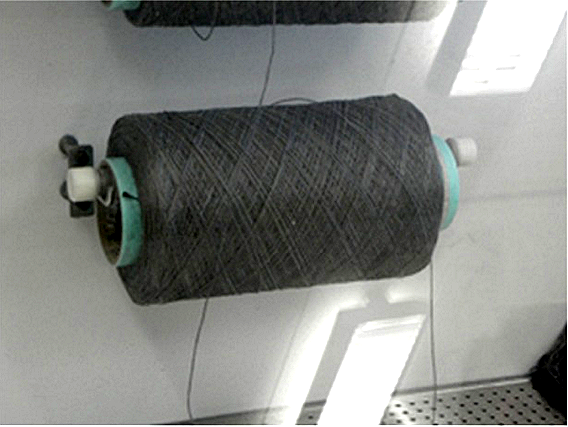How Carbon Fiber Is Used to Make Watch Cases or Dials
Last week we discussed the attributes of titanium. Today we want to discuss another high-tech material known as carbon fiber. Carbon fiber – borrowed from the world of automotive sports – is a very strong, lightweight synthetic fiber that must be compressed at high temperatures to form a case or dial.
 Essentially, it all starts with carbon fiber strands (made of thousands of threads of carbon) that are rolled on large spools (much like a spool of thread). Depending on the watch brand, there are a variety of methods used to compress or forge the fibers into the case shape and mold it.
Essentially, it all starts with carbon fiber strands (made of thousands of threads of carbon) that are rolled on large spools (much like a spool of thread). Depending on the watch brand, there are a variety of methods used to compress or forge the fibers into the case shape and mold it.
 Sometimes the fibers are precisely measured, cut and placed (layered) into a mold and pressed. Sometimes the fibers are not layered but rather simply pressed into the mold and then compressed. In both instances, once the fibers fill the case mold, they are heated at well over 400 degrees for a long period of time and put under intense pressure to fuse the fibers. Once the mold has cooled, it is opened and the case is removed. Depending on the treatment (layered or just bunched), the case can have a striped or mottled look after the heating process.
Sometimes the fibers are precisely measured, cut and placed (layered) into a mold and pressed. Sometimes the fibers are not layered but rather simply pressed into the mold and then compressed. In both instances, once the fibers fill the case mold, they are heated at well over 400 degrees for a long period of time and put under intense pressure to fuse the fibers. Once the mold has cooled, it is opened and the case is removed. Depending on the treatment (layered or just bunched), the case can have a striped or mottled look after the heating process.
Carbon fiber is extremely strong and durable. It is also lightweight and has a stealth, yet luxurious, look to it. Because it is expensive to buy the fiber, and because it is not easy to make a carbon fiber case (it requires special equipment for the compression and heating process), the material is usually reserved for use in the luxury watch industry.


